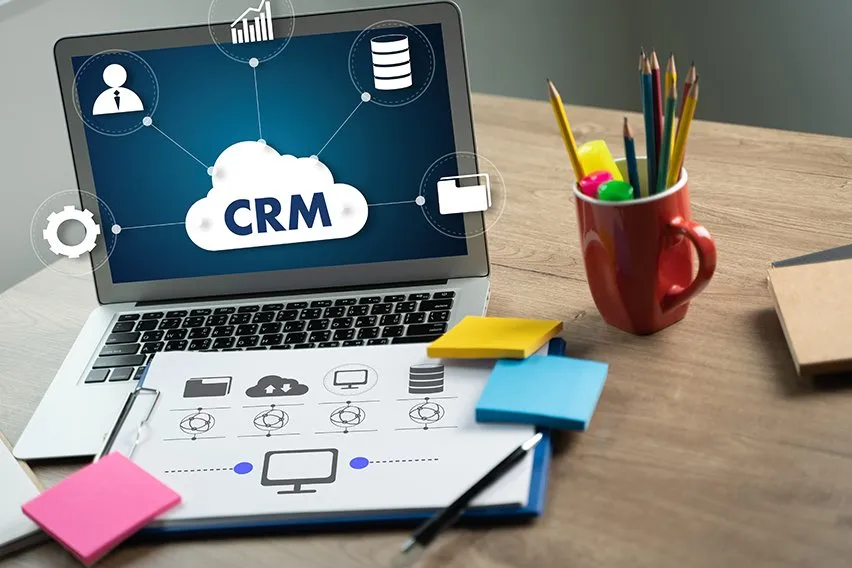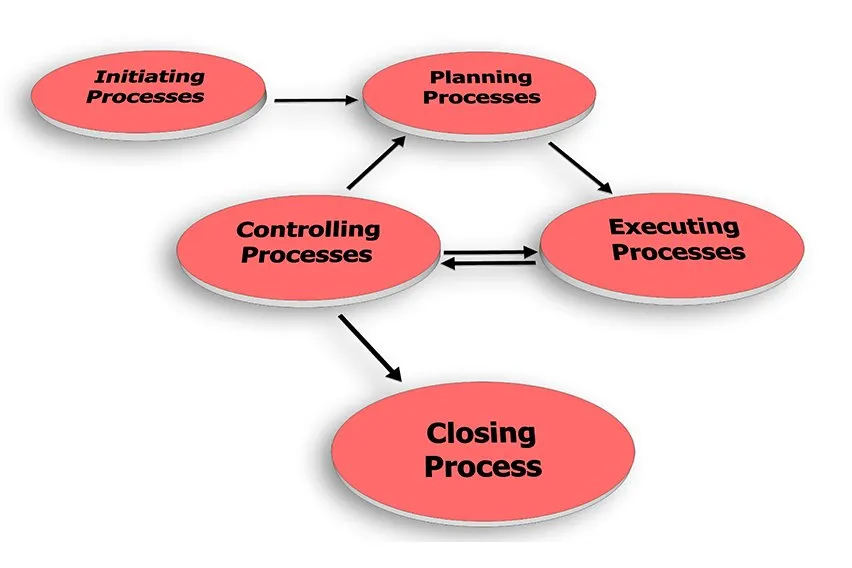What Is Performance Improvement? How to Create an Improvement Plan

Sometimes we don’t hit our goals.
Whether it’s in life or business, it’s a simple truth that everybody can relate to.
It doesn’t always have to mean that it’s the end of the world, but ideally, you’d like to minimize the chances of it happening again.
That’s where performance improvement comes in.
But what is performance improvement in relation to your business? We’ll take a closer look at what it is and how you can create an improvement plan.
Here’s What We’ll Cover:
What Is Performance Improvement?
How to Create a Successful Performance Plan
What Is Performance Improvement?
When there’s been a drop in performance within your business, it can be difficult to figure out a solution.
For example, let’s say your team didn’t reach the goals that you had set at the beginning of the quarter. You’ll have to evaluate and try to address the problem.
Could it be that the goals were unrealistic? Did the team lack the skills or the motivation to complete the task? Are they provided with the right resources needed?

This is why performance improvement is essential.
Performance improvement is a form of performance management. It’s a way of organizing the development of your team or business with a focus on increasing outputs and improving efficiency. This can be for a particular process or a specific procedure.
There can be many reasons for a drop in performance. That’s why it’s critical to do a thorough investigation into the root cause before implementing a solution. The last thing you will want to do is not identify the cause properly and end up harming performance further with useless procedures.
Once the root cause has been identified, it can be solved with what’s called an improvement plan.
What Is an Improvement Plan?
A performance improvement plan, or PIP for short, is a formal document that outlines existing performance issues. It then helps identify goals to tackle these issues in the hopes of seeing improved performance.
It is a form of strategic planning also known as a performance review.
These performance plans can be implemented on a small or large scale.
How to Create a Successful Performance Plan
If you have identified an issue with your employees that have yet to be resolved, it’s probably time to start creating some strategic plans.
It would be wise to mention that putting an employee on a performance plan isn’t always a bad thing.
People can be put on PIPs due to a lack of training or if they are needed to go in a slightly different direction that they’re not fully qualified for.
Here are the steps to a good business plan:
1. Open a Dialogue
The first step is to speak to the employee and let them know your plan to implement a PIP.
Unless this is a caution, PIPs should always be presented as a positive thing. It’s a chance for an employee to grow and gain experience. It’s a way to further their career rather than be seen as a punishment.
2. Set Achievable Goals
It’s important that a PIP has realistic expectations. If an employee is given impossible, complex challenges it merely serves as unfair treatment.
Time tracking and management are key here. The employee will need to properly manage the time spent on the PIP and their usual duties. Otherwise, they could quickly become overwhelmed.
3. Provide Support and Check In Regularly
Some employees may struggle when on a PIP. Therefore as a leader, it’s important that you are there to lend support and check on their progress. Your employee should feel comfortable with the tasks and deadlines that are set.
You should also make sure that they are provided with all the necessary resources, training and time that they need.
It’s also a good idea to hold a meeting halfway through the plan to discuss any successes and failures. A PIP can always be reviewed and changed if necessary.

4. Reward Success
By the end of the process, ideally, your employee will have completed their PIP and shown continuous improvement.
Make sure to show that you appreciate the effort and time taken to successfully complete what you set out for them. This can be done with some form of reward.
This helps boost the employee’s morale and shows that you value them.
Key Takeaways
Performance improvement plans are a necessary part of any business.
Being able to improve from within rather than just finding new staff is a rewarding method and can really help build team spirit and loyalty.
Are you looking for more business advice on everything from starting a new business to new business practices?
Then check out our resource hub.
RELATED ARTICLES
 What Is Predictive Analytics & Why Is It Important?
What Is Predictive Analytics & Why Is It Important? 5 Best Manufacturing Inventory Management Software
5 Best Manufacturing Inventory Management Software 5 Best Customer Database Software & Tools
5 Best Customer Database Software & Tools How to Write a Business Pitch: 10 Best Ways
How to Write a Business Pitch: 10 Best Ways Top 6 Best Free Task Management Software For Small Businesses
Top 6 Best Free Task Management Software For Small Businesses The 5 Project Management Phases Explained
The 5 Project Management Phases Explained